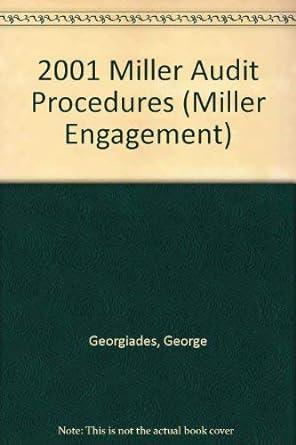Question
Tex Hardware sells many of its products overseas. The following are some selected transactions. 1. Tex sold electronic subassemblies to a firm in Denmark for
| Tex Hardware sells many of its products overseas. The following are some selected transactions. |
| 1. | Tex sold electronic subassemblies to a firm in Denmark for 160,000 Danish kroner (Dkr) on June 6, when the exchange rate was Dkr 1 = $0.1780. Collection was made on July 3 when the rate was Dkr 1 = $0.1783. |
| 2. | On July 22, Tex sold copper fittings to a company in London for 39,000 with payment due on September 20. Also, on July 22, Tex entered into a 60-day forward contract to sell 39,000 at a forward rate of 1 = $1.63. The spot rates follow: |
| July 22 | 1 | = | $ | 1.580 | |
| September 20 | 1 | = | $ | 1.612 | |
| 3. | Tex sold storage devices to a Canadian firm for C$79,000 (Canadian dollars) on October 11, with payment due on November 10. On October 11, Tex entered into a 30-day forward contract to sell Canadian dollars at a forward rate of C$1 = $0.73. The forward contract is not designated as a hedge. The spot rates were as follows: |
| October 11 | C$1 | = | $ | 0.735 | |||
| November 10 | C$1 | = | $ | 0.732 | |||
|
| |||||||
Record the foreign sale and foreign currency receivable.
Record the entry to revalue the foreign currency receivable to the U.S. dollar equivalent value.
Record the entry to collect the accounts receivable in Danish kroner.
2.
Record the foreign sale and foreign currency receivable.
Record the entry for the 60-day forward exchange contract signed to sell British pounds.
Record the entry to revalue the foreign currency receivable.
Record the entry to revalue the foreign currency payable.
Record the receipt of British pounds from the customer.
Record the pounds delivered to a broker.
Record the receipt of U.S. dollars from the broker in accordance with the forward contract.
3.
Record the sale to a Canadian firm denominated in Canadian dollars.
Record the entry for a 60-day forward contract signed to sell Canadian dollars.
Record the revaluation of the foreign currency receivable to the equivalent U.S. dollar value.
Record the revaluation of the foreign currency payable.
Record the receipt of Canadian dollars from the customer.
Record the delivery of Canadian dollars to a broker.
Record the receipt of U.S. dollars from the broker in accordance with the forward contract rate.
Step by Step Solution
There are 3 Steps involved in it
Step: 1

Get Instant Access to Expert-Tailored Solutions
See step-by-step solutions with expert insights and AI powered tools for academic success
Step: 2

Step: 3

Ace Your Homework with AI
Get the answers you need in no time with our AI-driven, step-by-step assistance
Get Started


